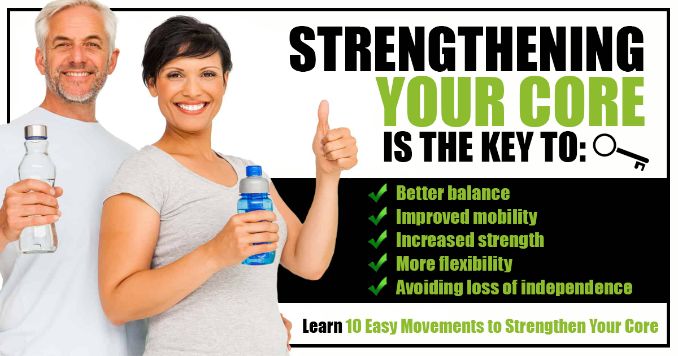
One of the most common issues underlying core dysfunction is poor breathing patterns. Many people with core problems breathe incorrectly, primarily using their upper chest.
Correct breathing involves using the diaphragm and breathing into the base of the lungs. This pattern of breathing is known as “diaphragmatic breathing.”
If something feels good and appears to be useful, we tend to crank it up in hopes that the more we do it, the more benefit we will get. This applies to abdominal engagement as well. We might read about the benefits of the core engagement, then find it useful in our yoga practice and, the next thing we know, we keep pulling our stomachs everywhere we go in hopes of maximizing the benefit.
Think of Your Stomach in Different Terms
If your abdomen is a container, then it needs to have a top and a bottom to contain and protect its contents. In your body, the bottom of the container is formed by the pelvic floor muscles, and the lid is the diaphragm. Your abdominal cavity is packed pretty tight with organs, especially the digestive system, and even though each organ has its designated location, they can also slide around when the content of your abdominal cavity gets squeezed.
When you cough or laugh hard, do you ever feel like you might have peed a little? When you cough, your abdominal muscles contract and increase intra-abdominal pressure, which means that your internal organs get “squished” a bit more. They push up against your diaphragm and down against your pelvic floor and the organs located there, such as the bladder. Similar increases in intra-abdominal pressure happen every time you contract your abdomen at will.
Intra-abdominal Pressure Can Cause Problems
So, if you keep your core engaged all the time, you will be pressing your organs against your diaphragm continuously, which will limit its range of movement, and the pelvic floor, which might weaken it.
As a result, you might experience shortness of breath. If you do this often, it will get harder and harder to take deep breaths because the diaphragm (being a muscle) will not move as willingly. Studies show that increases in intra-abdominal pressure can affect both your breathing and your cardiovascular health.
When and How Much Should You Engage the Core
It is most useful to engage the core when we do physical activities that load our spines, whether it’s exercising, lifting, throwing, rowing and so on. The abdominal contraction that leads to an increase in intra-abdominal pressure works well to support the spine during challenging physical activity, but it shouldn’t be prolonged as it can affect the depth of breathing and the tone of the pelvic floor muscles.
How Should You Use Your Breath With Exercise?
Breathing muscles are an integral part of the core stabilizing and postural control systems. My advice is to breathe via the mouth during exertion, as this is the route of least resistance. It’s best to take a deep breath and then brace the core. Not does this increase your stability, it also helps protect the spine. While there isn’t one correct way to breathe while exercising, your breath should come from the diaphragm and not the chest.
For 10 easy exercises you can do to strengthen your core, make sure to check out 10 Easy Movements for a Stronger Core, here!

